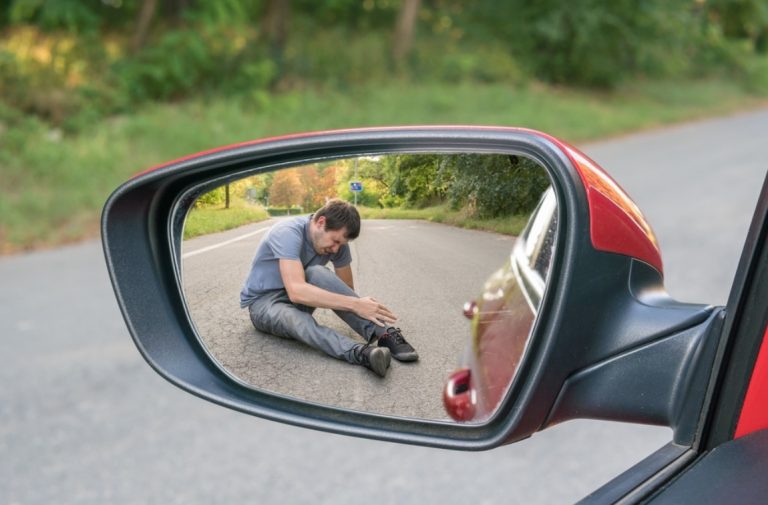Everything is bigger in Texas, including the penalties for hit and run driving. Leaving an accident scene that involves a severe injury or death is a third-degree offense in Texas. That means it’s punishable by up to a decade in state prison. For injuries that are not severe, the hit and run driver may get a year in county jail, five years in state prison, or a $5,000 fine.
It is not a good idea to commit a hit and run in the Lone Star State. According to Texas Statutes, you must stop your vehicle near or at the crash scene. A police officer will investigate the accident in cases where an injury, death, or damage occurs.
If the driver fails to identify themselves at the scene and does not provide assistance to injured individuals, they may be prosecuted. They may also be held liable for civil damages in court. If you’ve been involved in a hit and run or you’re concerned it may happen in the future, keep reading because the following is “need to know” information.
Why You Should Not Leave the Scene of an Accident
A hit and run accident happens when the driver flees the scene of the accident without identifying themselves to the police or exchanging contact information. Leaving the accident area before the police arrive is also a severe offense in Texas.
You can only leave the scene if you or a victim requires immediate medical attention. Note that it doesn’t matter who was at fault. If you leave the scene, even if you were not at fault, you will still be charged for a hit and run offense. Leaving the scene indicates guilt and makes it challenging to prove your innocence to your insurer or a judge and jury.
Hit and Run Accident Do’s and Don’ts
What you do after a hit and run accident can help the police apprehend the driver and can help you get a settlement or award in court. Follow these steps for a successful case.
Do This After a Hit and Run
- Always call 911 after a hit and run accident if anyone has been injured.
- If there are any witnesses, ask for their contact information. You may also want to consider collecting witness statements or videotaping their statements.
- Take pictures and video footage of the scene of the accident, including any injuries or damage to vehicles or property.
- If you didn’t witness the hit and run and only discovered the damage to your vehicle later on, you will also want to document the damage and try to find any evidence you can.
Never Do This After a Hit and Run
- Don’t rush to try to return to your everyday routine if you are injured or experiencing emotional distress. Give yourself time to heal from this traumatic experience.
- Do not attempt to follow the fleeing driver. It could be dangerous, and it could also cost you the opportunity to get eyewitness statements and contact information.
- Do not delay reporting the hit and run to law enforcement and your insurance company. You’ll be glad you filed a report if the police find the driver and you end up in court.
If you’ve been the victim of a hit and run accident, you can learn more about finding an attorney here. If the driver was apprehended, you may be able to file a claim to be compensated for your damages.
More Hit and Run Penalties in Texas
The following penalties also apply for hitting parked vehicles and fleeing. Individuals who hit and run in Texas can expect community service or probation if it’s their first felony and no one died or was severely injured. Their driver’s license may also be suspended.
Hit and runs involving vehicle damage may result in a fine of up to $500 if the vehicle damage is below $200. The offense becomes a Class B misdemeanor if the damage exceeds $200, and they may serve up to six months in the county jail.
In Texas, you have seven days from the time of a hit and run accident to report it if the accident caused more than $1,000 in damages. If you’ve been a victim of a hit and run, it is in your best interests to report it as quickly as possible.


0 Comments